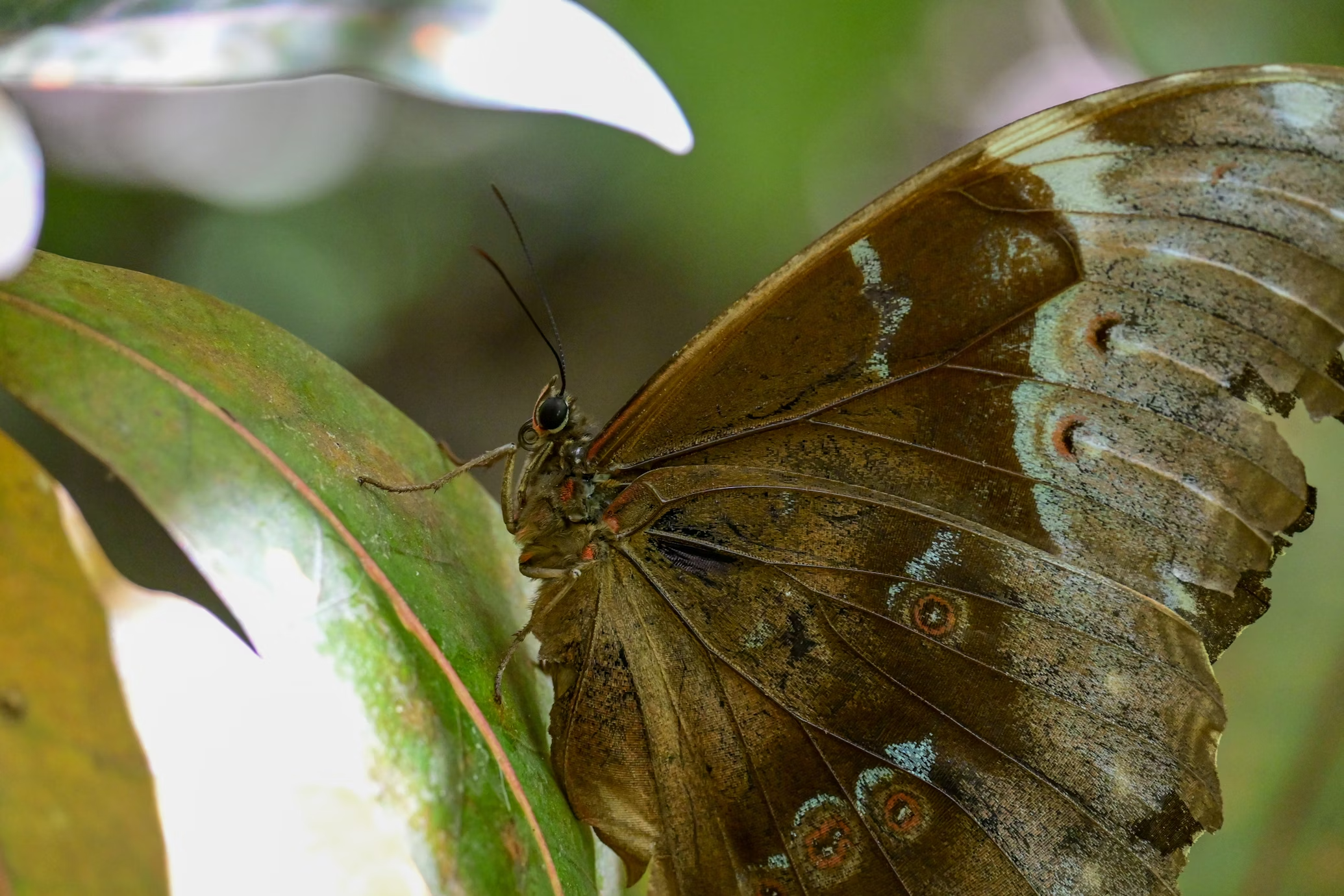
The Amazon Rainforest, often called the “lungs of the Earth,” is home to an incredible variety of species that remain largely undiscovered. Among the myriad species thriving in this dense and vibrant ecosystem, a recent breakthrough has brought attention to a previously unidentified group of Lepidoptera, butterflies, and moths. These insects, known for their beauty and delicate wing structures, have long fascinated entomologists. However, discovering new species within this group underscores the importance of continued exploration and conservation efforts in the Amazon.
A New Chapter in Lepidoptera Discovery
Lepidoptera are crucial to the ecological balance in rainforests. Their roles as pollinators, prey for other animals, and indicators of ecosystem health make them essential to the functioning of the environment. The discovery of rare Lepidoptera species in the Amazon Rainforest adds a valuable layer to the growing body of knowledge about these insects and their contributions to the ecosystem. This breakthrough is particularly significant considering the ongoing threats to the Amazon, such as deforestation and climate change, which continue to jeopardize biodiversity on a global scale.
Entomologists worldwide have long suspected that the Amazon contains species yet to be documented. Still, the dense nature of the rainforest, combined with its remote and often inaccessible terrain, has made field research a problematic undertaking. Recently, a team of researchers led by Dr. Elena Souza, a renowned entomologist, ventured into the heart of the Amazon, focusing their attention on one of the least explored regions. After months of meticulous study and observation, they identified several new Lepidoptera species that had never before been classified.
The Significance of the Discovery
Identifying these new species is not just a scientific achievement; it is a critical reminder of the biodiversity that remains hidden in the most remote parts of the world. These rare species add to the growing list of discoveries that highlight the Amazon’s status as one of Earth’s most biologically diverse ecosystems. With each new species discovered, scientists gain a deeper understanding of the complex interactions within the ecosystem.
What sets these newly discovered Lepidoptera species apart is their unique wing patterns and vibrant colorations, which serve as camouflage and attract mates. The detailed structure of their wings is also of interest to researchers, as they could provide insights into evolutionary processes that have shaped these creatures over millions of years. Additionally, the researchers found that some of the species have developed distinct behaviors and feeding habits that help them thrive in the dense undergrowth of the rainforest.
The Role of the Amazon Rainforest in Global Biodiversity
The Amazon Rainforest is home to an unparalleled variety of plant and animal life, and its conservation is vital to maintaining the planet’s overall biodiversity. The newly discovered Lepidoptera species are just one example of how the rainforest continues to surprise researchers with its hidden treasures. With each discovery, the importance of preserving the rainforest grows, as it provides a habitat for rare species and is a vital resource for scientific research.
Unfortunately, deforestation and other forms of environmental degradation threaten the delicate balance of the Amazon ecosystem. The logging industry, agriculture, and infrastructure development all contribute to the destruction of large swaths of the rainforest. As a result, many species, including the newly discovered Lepidoptera, face the risk of extinction before they can even be thoroughly studied.
The Importance of Conservation Efforts
The discovery of these rare species highlights the need for continued conservation efforts in the Amazon Rainforest. Governments, conservation organizations, and local communities must work together to implement sustainable practices that protect the region’s flora and fauna. This includes enforcing stronger laws against illegal logging, promoting eco-friendly farming techniques, and raising awareness about the value of biodiversity.
Furthermore, scientists emphasize the need for further research into the Amazon’s lesser-known species. As we learn more about the unique creatures inhabiting the rainforest, we uncover information that could help develop new medicines, technologies, and environmental policies. The benefits of preserving the Amazon extend far beyond its immediate surroundings, offering solutions that can have a global impact.
The Future of Lepidoptera Research
While discovering these rare Lepidoptera species is undoubtedly a significant achievement, it is only the beginning of a long journey to understanding the vast diversity of the Amazon’s insect population. There are likely many more species to be discovered, and researchers are optimistic that advances in technology and fieldwork techniques will allow for more detailed studies of the rainforest’s fauna.
In the coming years, scientists plan to use DNA analysis, camera traps, and other modern research tools to explore the rainforest and its inhabitants further. The hope is that this new wave of research will uncover more species, providing valuable data that can be used to shape conservation strategies and protect the Amazon’s biodiversity.
A Call to Action
The discovery of rare Lepidoptera species in the Amazon Rainforest is a testament to the incredible biodiversity in the world’s largest tropical rainforest. However, this discovery also reminds us of the urgency needed to protect these fragile ecosystems. As the Amazon faces increasing threats, global efforts must intensify to preserve this vital part of the Earth’s natural heritage.
By supporting conservation initiatives, conducting further research, and fostering international collaboration, we can ensure that the Amazon Rainforest—and the remarkable species that call it home—continue to thrive for generations to come. The discovery of these new Lepidoptera species is just one example of the hidden wonders waiting to be uncovered, and it is up to all of us to protect them.